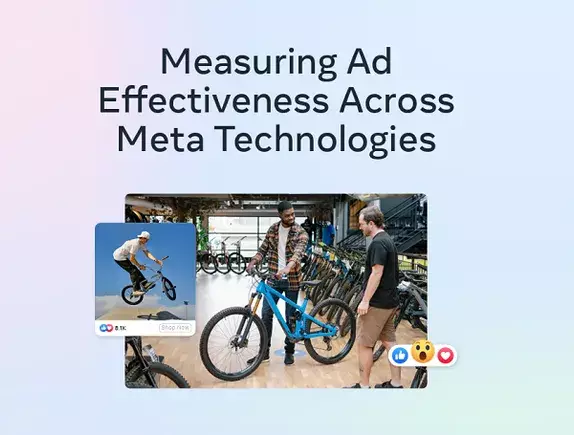In the fast-paced world of digital advertising, particularly on platforms like Facebook and Instagram, effective measurement is paramount for success. Without a clear understanding of what drives performance, marketers are left navigating in the dark, making blind investments that may lead to subpar outcomes. As we strive to elevate our advertising campaigns to unprecedented heights, honing the ability to measure effectiveness becomes a critical component. The question shifts from “Am I optimizing?” to “How well am I optimizing?” With Meta’s guide on measuring ad effectiveness, advertisers gain a structured approach that transforms raw data into actionable insights.
Defining Success: Aligning Campaign Goals
Before diving into measurement, it’s crucial to define what success looks like for each specific campaign. Different campaigns carry different objectives, which inherently influences measurement strategies. For one campaign, success could mean increasing website visits, while for another, it might be about enhancing brand awareness or driving sales. Meta emphasizes the necessity of not just setting objectives but ensuring they align cohesively with your organization’s overarching goals. Without this alignment, you risk measuring the wrong metrics, which leads to misguided strategies. By outlining clear objectives and expected outcomes—preferably agreed upon with all stakeholders—you foster a culture where performance can be critically analyzed through the correct lens.
Navigating Complexity: Meta’s Measurement Options
Meta categorizes its ad measurement solutions into four distinct yet interconnected categories: Attribution solutions, Experiments, Modeling, and Custom Analytics. Each of these categories comes with its unique complexity level and applicability based on the scale of your business and its specific needs.
1. Attribution Solutions: These tools help identify which ads contribute to your goals. Understanding the user journey—from impression to conversion—is vital to optimizing ad spend. It’s not just about knowing where clicks come from, but understanding which actions lead to meaningful engagements.
2. Experiments: A/B testing serves as the bedrock for any effective advertising strategy. By experimenting with different ads, marketers can glean insights about audience preferences and response patterns. It’s essentially the scientific method applied to marketing.
3. Modeling: For those with access to more sophisticated data sets, modeling allows marketers to predict behaviors and outcomes. This is particularly useful when direct measurement isn’t feasible, equipping advertisers with a framework to estimate performance based on historical data.
4. Custom Analytics: Tailored analytics promise the most precise insights. Companies can develop measurement strategies that closely reflect their unique KPIs, offering tailored solutions that help address specific challenges.
By leveraging these varied approaches, businesses can cultivate a highly nuanced understanding of campaign performance, allowing for targeted adjustments that resonate with their audience.
Fostering a Measurement-Centric Culture
Measurement should be ingrained into the very fabric of an organization’s marketing culture. Ensuring that all team members—from C-suite executives to entry-level marketers—understand the importance of metrics adds an essential layer of rigor to campaign management. Meta’s report highlights that top-performing businesses frequently share a unified vision concerning marketing objectives. This consensus promotes accountability and boosts morale, as team members are equipped with shared knowledge and tools to assess their contributions toward collective goals.
Moreover, as advertising technologies continue to evolve, the integration of advanced measurement systems becomes increasingly critical. Automation and enhanced targeting capabilities mean that understanding the impact of these technologies on your advertising return is non-negotiable. A well-formed measurement strategy acts as both a shield and a sword; it protects against losses and sharpens the competitive edge in an ever-evolving digital landscape.
As we lean more heavily into data-driven strategies, the insights gleaned from meticulous measurement will play a pivotal role in driving campaign effectiveness. Meta provides a treasure trove of resources that serve not just as a guide but as an invitation to rethink the ways we perceive success and measure innovation. The future of advertising hinges on our ability to adapt, evaluate, and optimize continuously, ensuring that our efforts are not just heightened for visibility but are also strikingly effective. Embracing measurement in its fullest sense equips marketers with the strength to navigate the complexities of digital advertising confidently. The road to mastery involves understanding not just the numbers, but the stories they tell about audience behavior and engagement—a narrative that can revolutionize the landscape of advertising as we know it.

